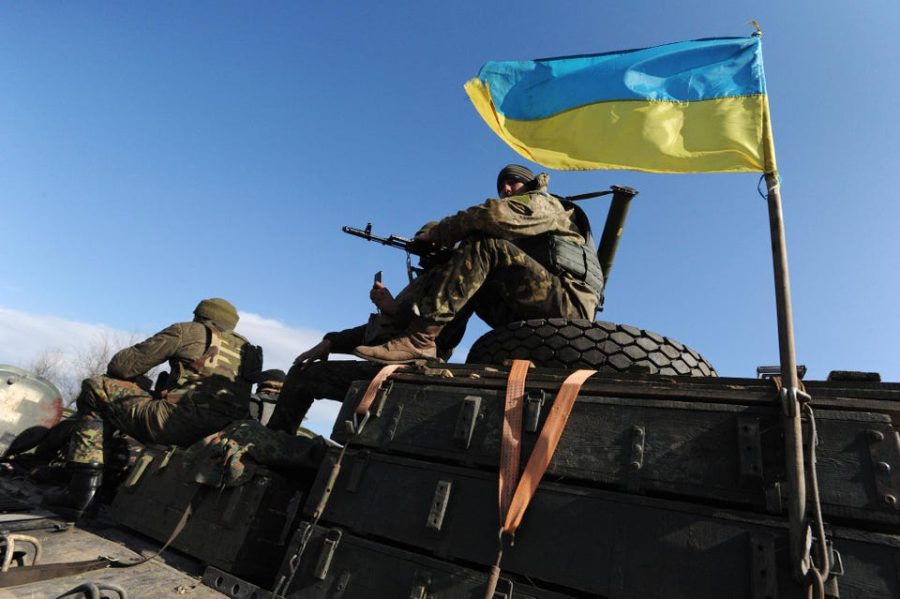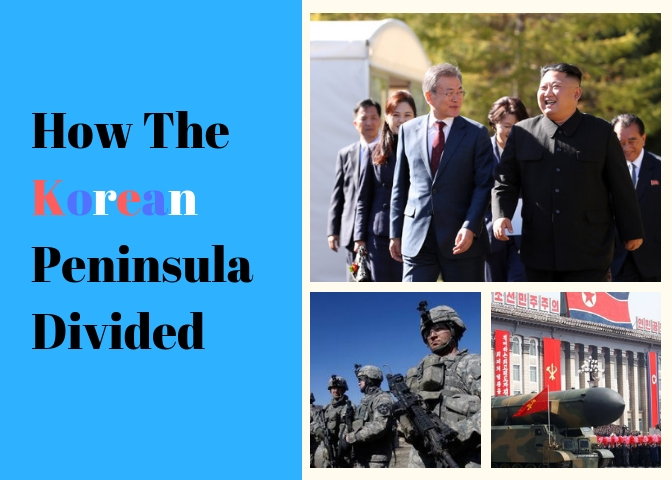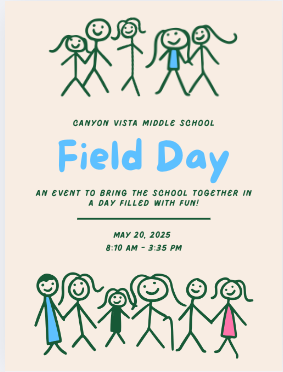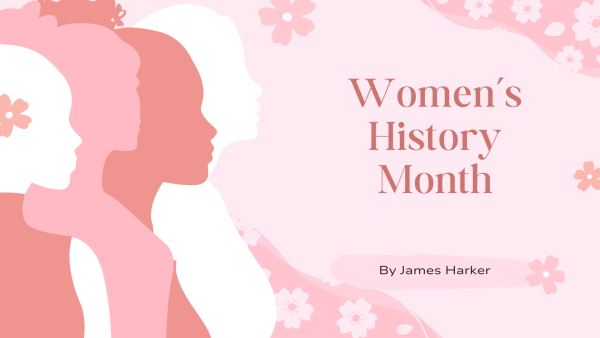How The Korean Peninsula Divided
It’s not long since the North Korean president Kim Jung-un and South Korean president Moon Jae-in met at the DMZ line(Demilitarized Zone; the line that divides the Korea peninsula). And also not long from when the US president Trump met the North Korean president too. Even though North Korea appears to be kind of peaceful, the tension between the Koreans isn’t down yet.
The reason why the Korea peninsula divided has many difficult and complicated loops and knots. And also a lot of conflict and war. These conflicts between the Koreans is a well-known event in Korean history. That war took 3 years, also involving China and Russia, and the US into war too. Here’s how this all started;
1: US and Soviet Union cutting through
The Korean peninsula was taken control by Japan from 1910. Since Japan was connected with World War II too, the Soviet Union declared war on Japan. That kind of advanced to Korea too because Korea was under the Japanese rule at that time. Well, then the US government was concerned that all Korea was falling under the Soviet Union’s control; just after Japan forces on Korea surrendered. And if the Korean Peninsula falls entirely under the hands of the Soviet Union, the US trade way through Korea would be blocked too.
So the US requested to halve the Korean peninsula and to occupy the south part. Basically, the north was under control of the Soviet Union, and the south was under control of the US. The US and the Soviet Union were to slowly steer Korea towards independence. But many Korean nationalists, tired of war and more waiting, wanted independence immediately.
2: North with the Soviet Union, South with the US
That’s when the Cold War took place. In the wrong timing. The US and the Soviet Unions’ relationships turned tense, and the two nations began to promote the Koreans on their side while drawing a line between their opponents. Like, the Soviet Union promoting the North Koreans, while seeing the US and South Korea as an enemy, and the US doing the same. The Soviet Union was supporting political leaders such as Kim Il-Sung. They would have supported Kim Il-Sung because he had served in the Soviet army for some time. The US, feeling that the Soviet Union was on the move, began to support Syngman Rhee as the leader of South Korea.
And by the US government’s request, the UN led a formation of United Nations Temporary Commission on Korea(UNCOK) in 1947. Of course, the Soviet Union didn’t like this formation; which led them to oppose the idea of the UN in the north. So then UN held a general election only in the south on May 10, 1948; and Syngman Rhee as president. Kind of following the US way, Syngman Rhee established The Republic of Korea. At that time, North Korea held an election too, and Kim Il-Sung as prime minister. Kim Il-Sung, close to the Soviet Union way, named North Korea as the Democratic People’s Republic of Korea.
3: Two different nations
Though the two forces left the Korean Peninsula, they still had some power reigning over; the US and the Soviet Union had an effect on lots of politics, other rules and the type of government of North Korea and South Korea. Here are some examples;
North Korea:
- Highly centralized government
- Not much allowance of human rights
- Citizens strongly under control by military forces
- Social media and communication watched by the government
- Strictly banned specific clothes/outfits and hairstyles
- Most of the prisoners held for political offenses
- Poor diet, low life expectancy
Like this, the Soviet Union did have quite an effect on North Korea, turning it into a centralized system; the Kim-dynasty centered system.
South Korea:
- Constitutional democracy government
- Higher life expectancy and population
- Higher globalization; for an example, K-Pop
- City development
- Free communication and style
South Korea, looks more like the United States, leaving the two countries look very different.
The interactions between the US and the Soviet Union might have affected the atmosphere between North Korea and South Korea too; because even though North Korea and South Korea were not like that sort of enemies, the two opposing forces began to start a silent war. Both governments claimed themselves as the whole Korea, and that the division was temporary.
Well, those things made it clear that the Koreans were different; that the Koreans were both physically and mentally divided.
4: Problems of the division
Today, still the tension between the two nations aren’t entirely down. Koreans often blame the US and the Soviet Union for this long long going conflict. Because of this division of not only land, but almost culture, and language, the Koreans are becoming to almost consider themselves entirely different from each other. For an example, South Korean kids, learning about North Koreans, they consider them as enemies. And takes a long time becoming to notice that they aren’t aliens; even though they both were once the same country, and the same people called Korean.
Problems aren’t only those; families are divided too, some living in the north, and some in the south not even knowing if each other is alive or not. Though South Korea holds a meeting for people like those, there are still lots of people living in pain every day missing family members on the other side.
These things that you have read right now aren’t the entire story about North Korea and South Korea dividing. There’s still much more to tell; The Korean War, the DMZ, North Koreans escaping, campaigns of uniting as one Korea again, etc. But the thing history tells you is that it’s not that just one side was the bad one. And that there are so many other things that happened to be the causing point of the conflicts.

Yoonjoo is a 7th grade student who loves reading, drawing, and music. She is learning to be more comfortable with computers by working her best as a reporter...























